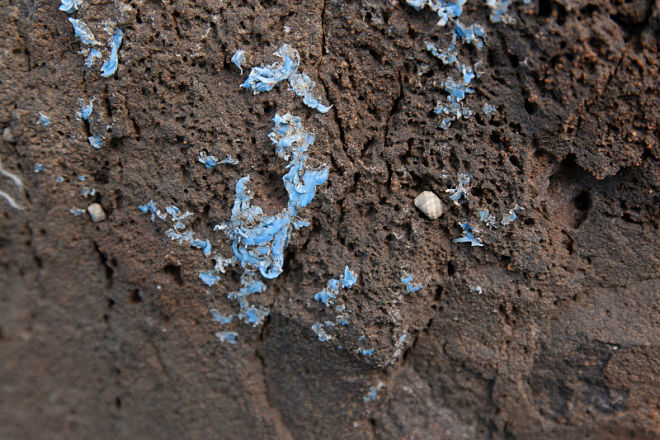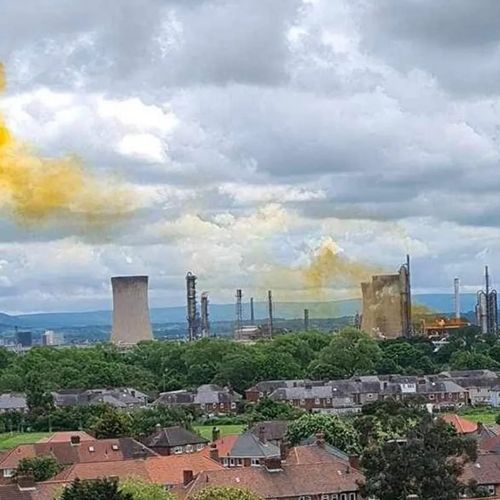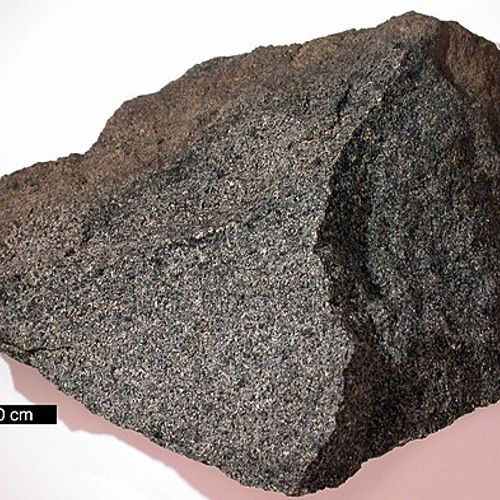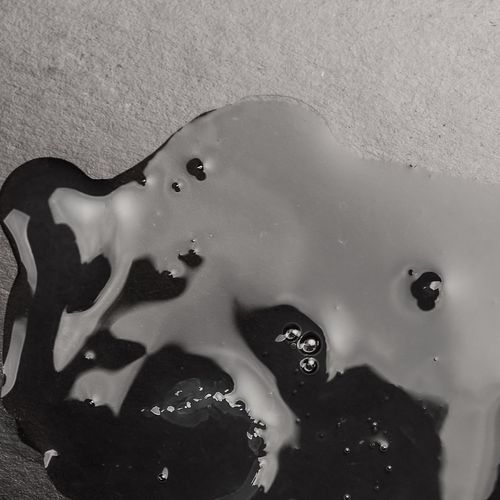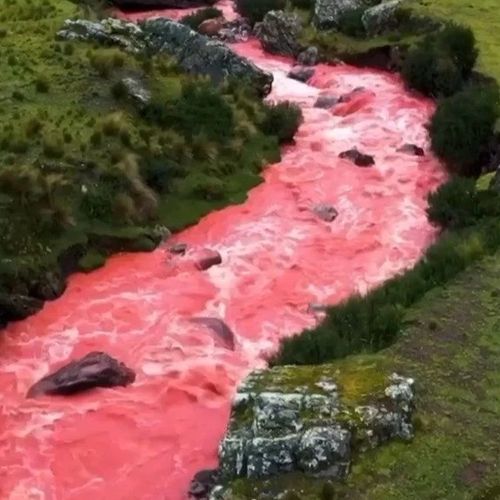
| Added | Mon, 24/06/2019 |
| Источники | |
| Дата публикации | Sun, 23/06/2019
|
| Версии |
On any beach you can see some form of plastic pollution. Cap from a bottle here, a piece of transparent packing there. But researchers have identified a new and perhaps more permanent type plastic pollution. This "plastic cork", "veneer", inlaid directly into the rock.
Ignacio Gestoso, a marine ecologist from MARE-Marine and Environmental Research Center on the Portuguese island of Madeira, first noticed a weird "crust" on the cliffs of the coastline of the volcanic Islands in 2016. Light blue film stuck to the rock like an old chewing gum stuck to the sidewalk. Gestoso and his colleagues took some pictures and took samples, but decided that the case is disposable. Next year, the researchers saw that the deposits are still there. At the beginning of this year, they returned to the scene and saw other areas are also covered with the mysterious substance, and now in several colors. The team then decided to take measurements and collect more samples.
By random sampling from the rocky shoreline of the researchers found that within three years, "peel" steel to cover almost 10 percent of the surface rocks. Chemical analysis of the material showed that it was a polyethylene, an extremely common plastic, often used in disposable packaging and food containers.
In an article published this month in the journal Science of the Total Environment, Gestoso and his team officially dubbed this phenomenon "plastic rust". Unfortunately, this is not the first type of completely new material, which people brought into the environment from plastic pollution. Six years ago the researchers found that the fusion of plastic and stone on the Hawaiian beach — where the fires melted the plastic wastes and associated them with sand and pebbles. But unlike this "plasticamente", Gestoso believes that the plastic cork was created with water, not fire.
Plastic has become so ubiquitous on this planet, she is likely to leave an obvious imprint in the fossil record for many tens of millions of years. Even after the disappearance of our species these "technoscope" can remain in the layers. Madeira plastic "cork" is gradually replacing the natural biological crusts on rocks.
Translated by «Yandex.Translator»
© Ignacio Gestoso
Translated by «Yandex.Translator»
Новости со схожими версиями
Log in or register to post comments
